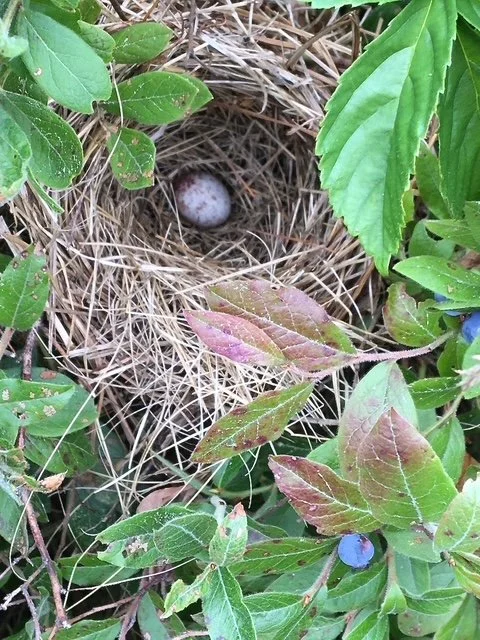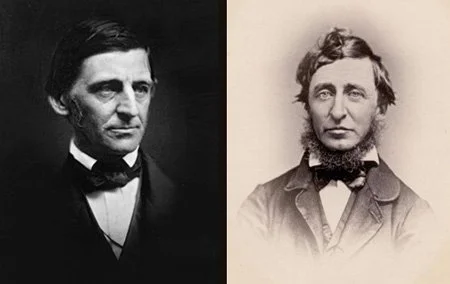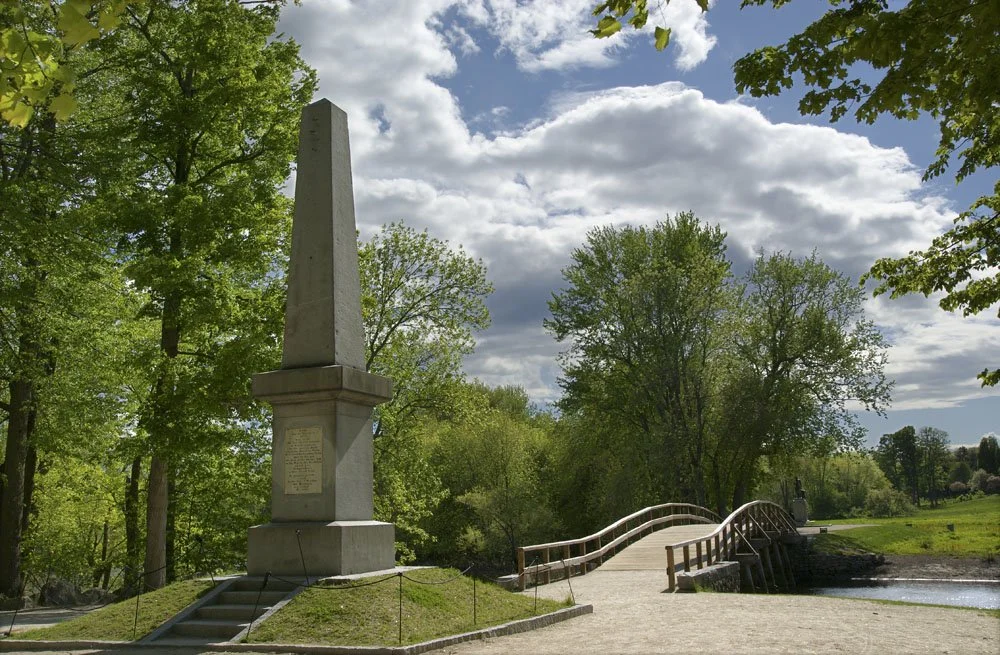
The Lyceum
A gathering place for engaging Emersonian content to educate & entertain.
“Born Believing”: Ralph Waldo Emerson’s Birthday
Celebrating the occasion of Ralph Waldo Emerson’s 222nd birthday with a look back at the world into which he was born, and the beliefs that shaped his lasting impact on it.
Sarah Alden Bradford Ripley
Introducing another of the strong women in Ralph Waldo Emerson’s life with a profile of his aunt Sarah Alden Bradford Ripley, a scholar and educator who was a lifelong friend and one of his staunchest supporters. Sarah loved learning and continued her own broad studies while caring for a growing family and working as an esteemed teacher. She was one of the five female members of the Transcendental Club.
Opening Lines for Earth Day
This year, the spring reopening of the Emerson House coincides with the 55th anniversary of Earth Day. In promoting environmental protection and celebrating the web of life, Earth Day reflects Ralph Waldo Emerson’s own reverence for nature—a common theme in his writings. Today, and beyond, we find inspiration in Emerson’s poems—his words exalting the wisdom of a bee; the beauty of a wildflower; the sentience of a tree.
A Rare Film Find
A 15-minute silent film about Ralph Waldo Emerson from the 1920s. Selections from his life and writings are illustrated with black-and-white footage from around the town of Concord, Massachusetts, including the Old Manse, the Emerson House, Sleepy Hollow Cemetery, and the Old North Bridge.
Dispatch from Argentina
A talk given by Professor Gustavo A. Brandariz (University of Buenos Aires) on the idea of ‘nature’ in the works of Emerson, Thoreau, Sarmiento, Hudson and Martínez Estrada. Recorded in November 2024 as part of an international meeting honoring Argentinian writer Ezequiel Martínez Estrada on the 60th anniversary of his death. The linked video is in Spanish.
Emerson’s Mountain Interval
A reflection on Emerson’s trip to the White Mountains in the summer of 1832 as he considered leaving the ministry after the death of his first wife, Ellen. Taking wisdom from his surroundings, it was there that Emerson made the decision to resign. Mountains continued to occupy a place in his imagination, itineraries, and poetry for the rest of his life.
Emerson and Thoreau: Companions on a Journey of Self-Discovery
Emerson and Thoreau met in the spring of 1837 and became lifelong friends. In addition to their affinity for Concord, they shared a strong belief in the importance of nature in developing creative and independent thinking. Thoreau lived with the Emerson family for several years and built the cabin of Walden on land owned by Emerson.
A Momentous Day: April 19, 1775
Remembering the historic Battles of Lexington and Concord that marked the beginning of the American Revolutionary War, and sharing Emerson’s “Concord Hymn,” written for the 1837 dedication of a monument commemorating the battle at Concord’s North Bridge.
Winter Reflections
Excerpts on the wonders of winter from Emerson’s poems, essays, and other writings, accompanied by recent photos of the snowy landscapes around his Concord home.
Mr. Emerson’s Journals
Selections from Ralph Waldo Emerson’s journals, which he kept throughout his life and which served as the basis for many of his essays, lectures, and poems. The journals were a platform for Emerson to evaluate and make decisions; to react to news, good or bad; and to form a record of the people he met and the places he visited.
“Green Emerson” [1]
After purchasing his Concord home in 1835, Ralph Waldo Emerson set about planting a variety of trees around the property. From stately pines and chestnuts near the house to an orchard with over a hundred fruit trees, Emerson’s efforts brought the nature he so loved even closer to home.
Consider the Sibyls
Well-versed in classic poetry and philosophy—a literature rich with heroic, mythic, and sacred figures—Emerson also admired Renaissance art, particularly works by Michelangelo and Raphael inspired by the vast iconography of the ancient world. Among the images of heroes, angels, and gods at the Emerson House are prints of five famous portraits of sibyls by Italian painters.











![“Green Emerson” [1]](https://images.squarespace-cdn.com/content/v1/6742847b5a0db278359b0744/c16ef354-aecd-4fdd-9ad4-11ebacf88d99/Trees-Log-cover.jpg)
